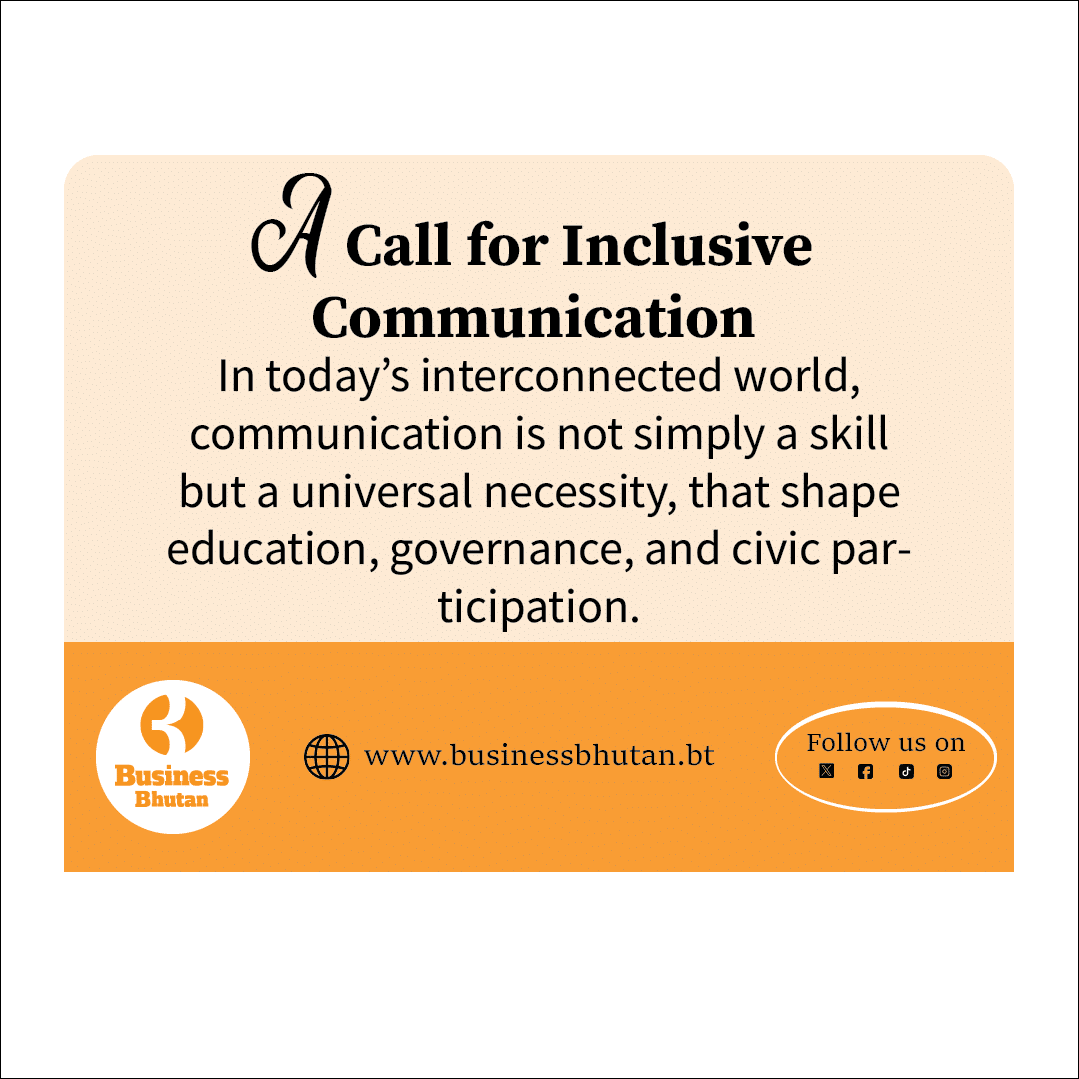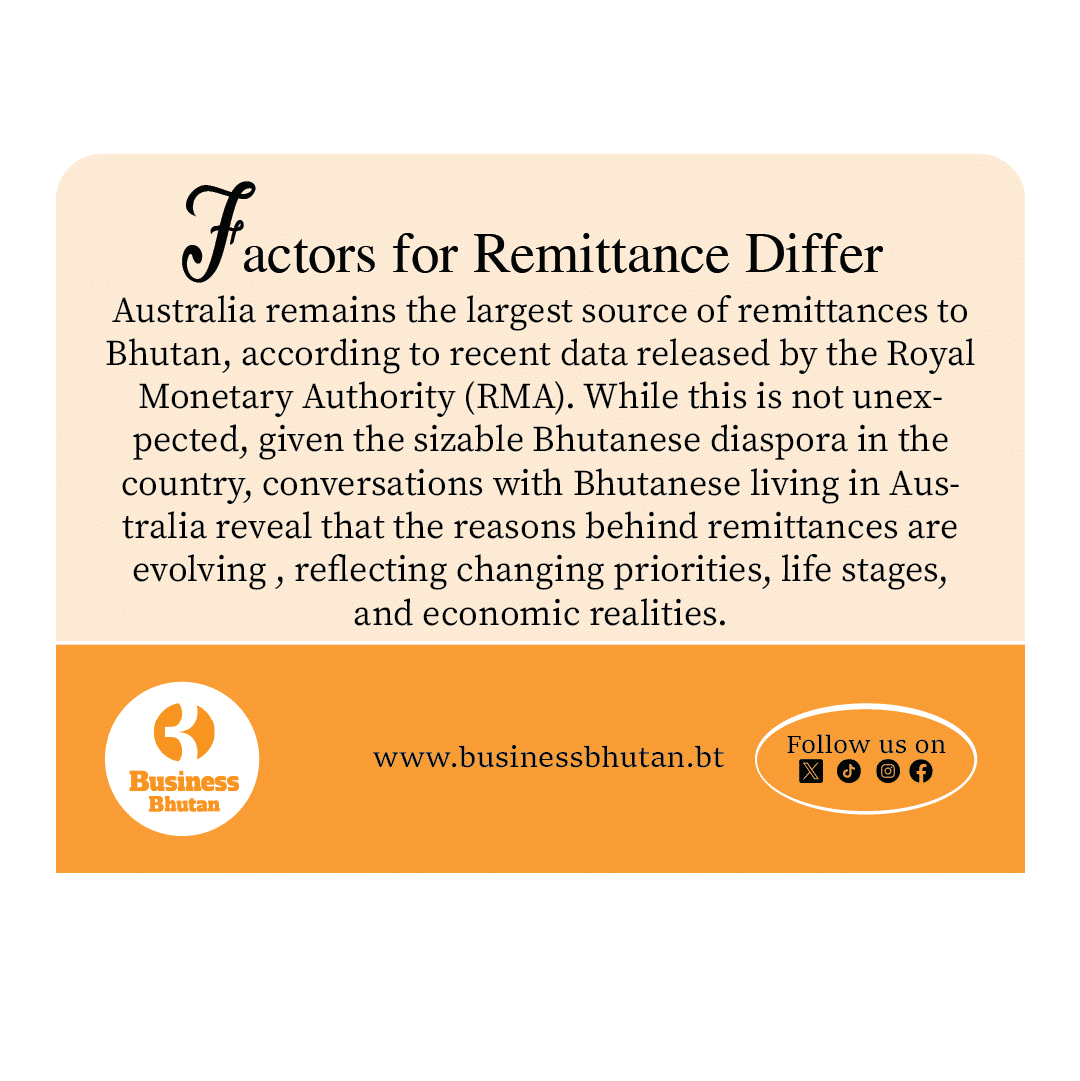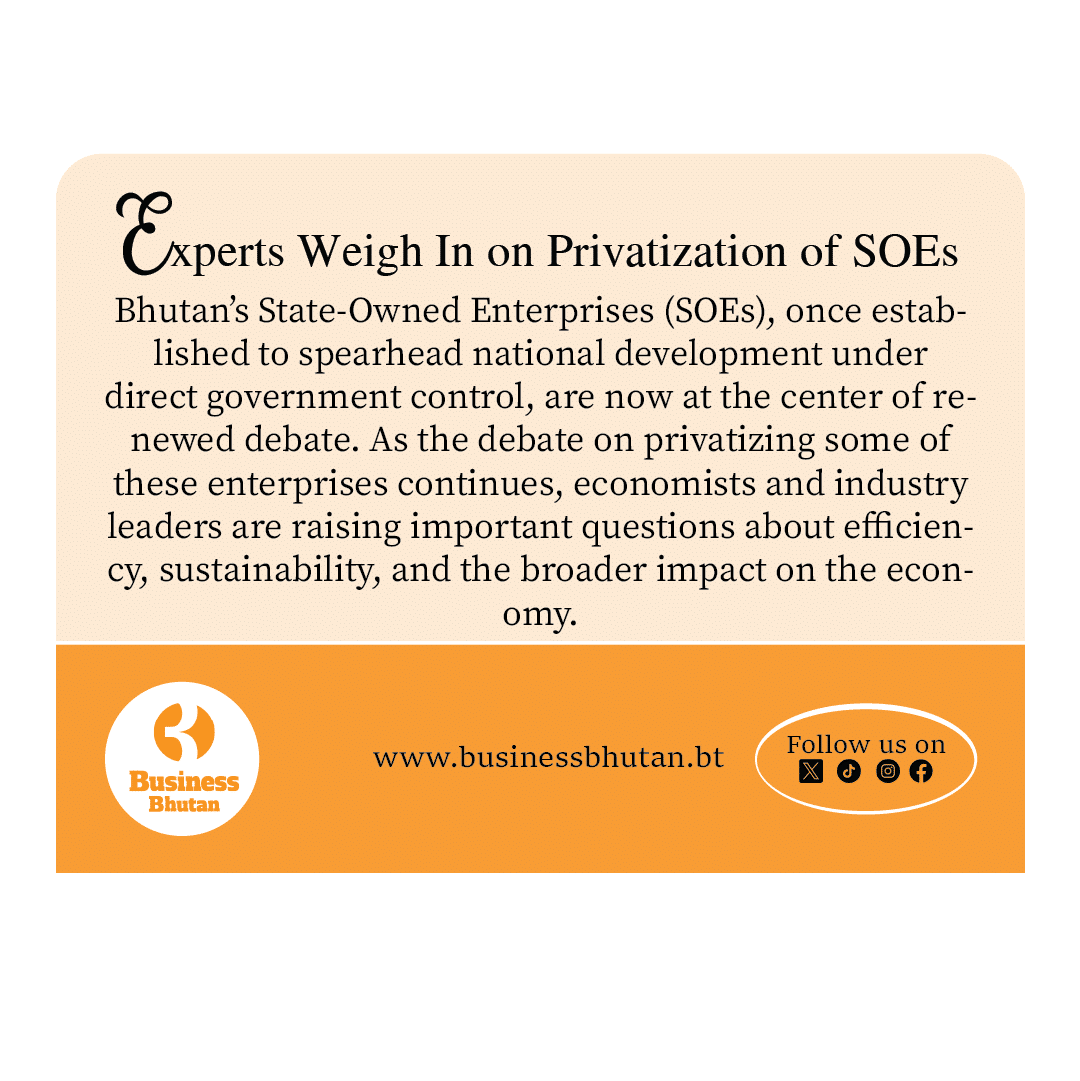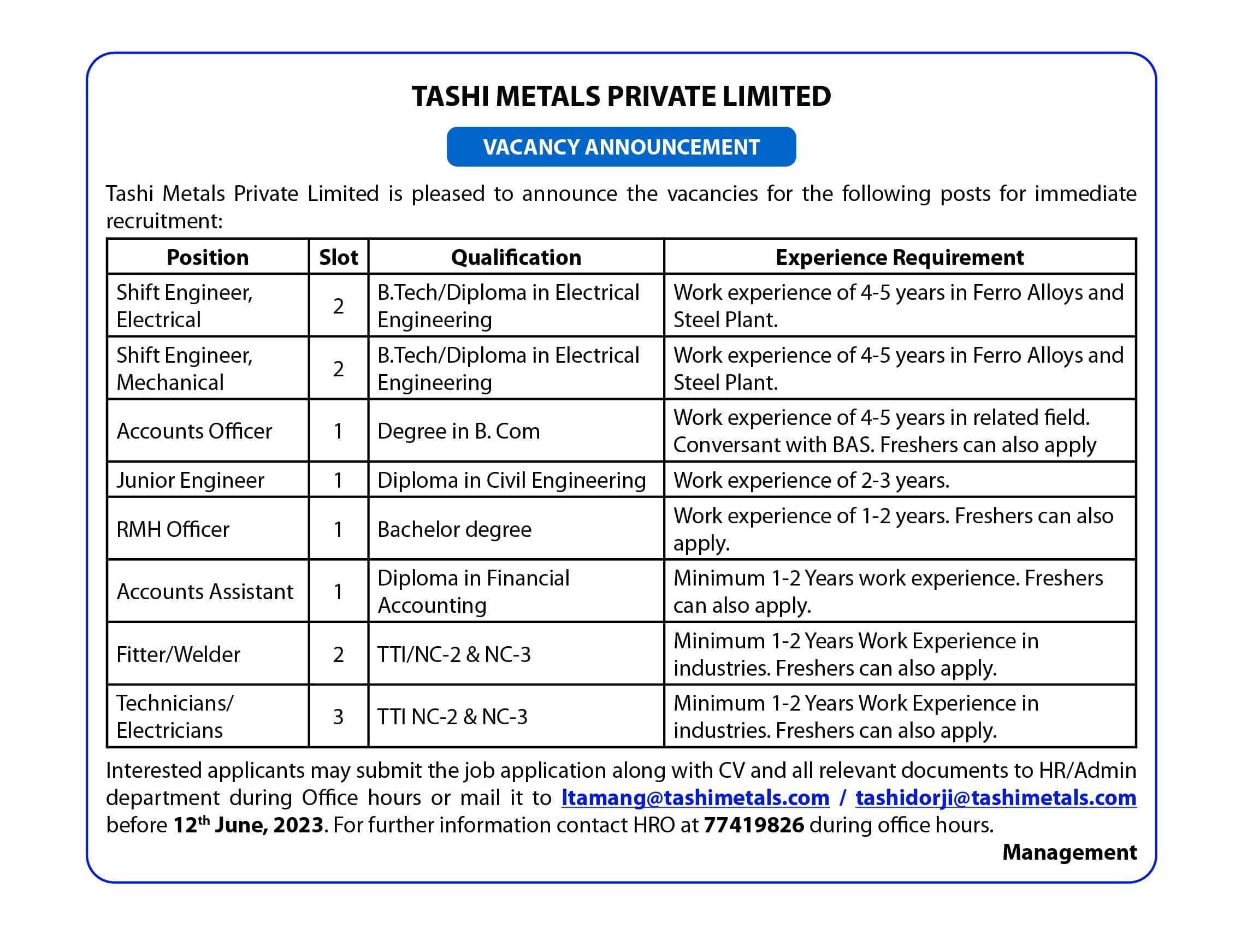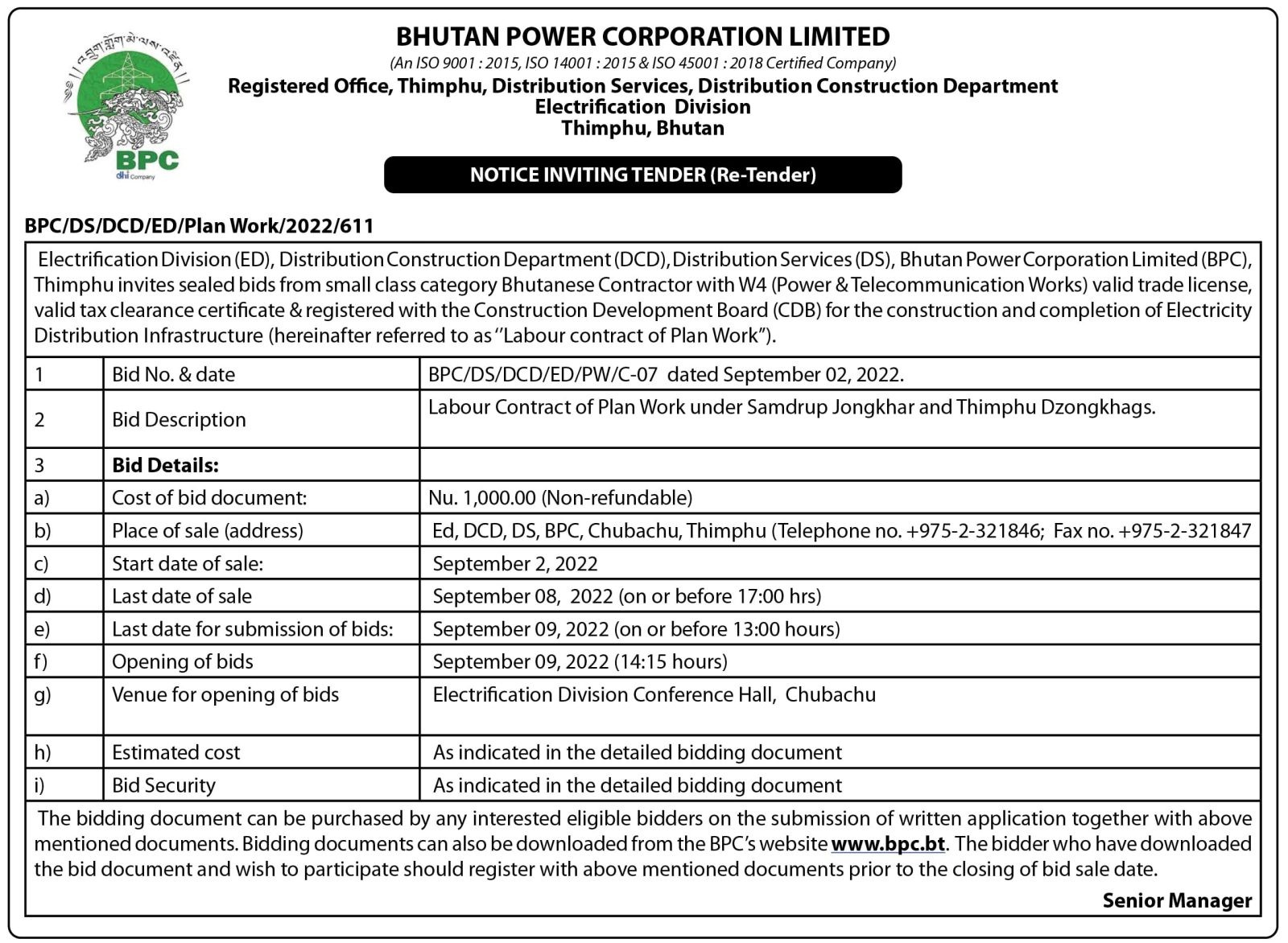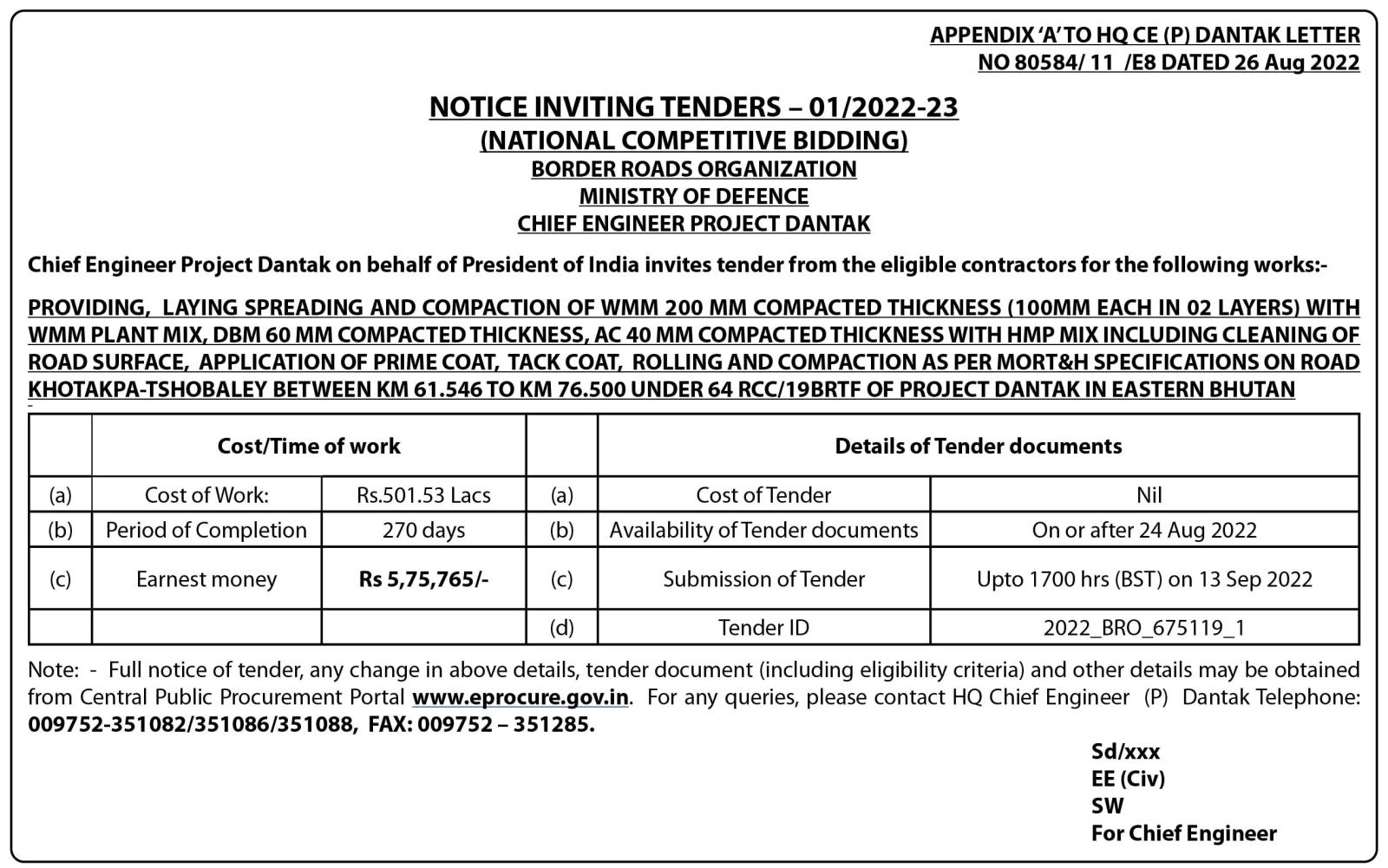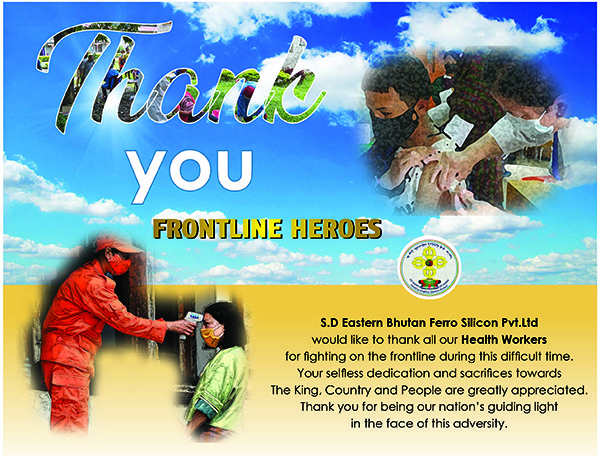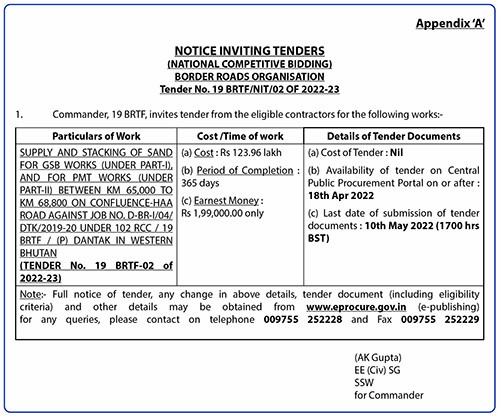In today’s interconnected world, communication is not simply a skill but a universal necessity, that shape education, governance, and civic participation. Yet, for many Persons with Disabilities (PwDs) in Bhutan, access to information remains limited, leaving them excluded from opportunities and decision-making processes that others take for granted.
This pressing concern was highlighted during a two-day training on Women, Children, PwDs, and LGBTQ+ Sensitive Reporting in Media, conducted by the Bhutan Media Foundation in collaboration with Helvetas Bhutan, with support from the European Union.
Yonten Jamtsho, Programme Officer of the Disabled People’s Organization of Bhutan (DPOB), underscored that information accessibility remains one of the biggest barriers. While environmental inaccessibility is well-documented, he noted that “most information in the country—especially digital content on websites—remains inaccessible.”
As a result, PwDs are often forced to depend on others, for example, asking someone to read job announcements aloud. “This deprives persons with disabilities of their independence and even robs them of opportunities, such as applying for jobs on their own,” Yonten explained.
The lack of sign language interpretation, audio readers, or adjustable color contrast in digital content demonstrates how systemic exclusion persists despite Bhutan’s emphasis on equity and Gross National Happiness (GNH).
Dechen Tshering, Principal of Wangsel Institute for the Deaf in Paro, stressed that deaf individuals remain particularly marginalized. Without accessibility measures, they are excluded from critical information flows—news, education, healthcare, and even emergency alerts.
“Most services are not accessible to the deaf. Bhutanese Sign Language is not widely used, and we do not have enough interpreters in the country,” she said. In contrast, countries with stronger policies have real-time captioning, relay services, and visual alerts as standard accessibility measures.
She argued that interpreting services, visual-based communication, and training service providers in deaf culture and Bhutanese Sign Language (BhSL) are urgently needed. Encouragingly, initiatives such as the Bhutanese Sign Language Interpreting Course, the weekly Bhutan This Week news broadcast with interpretation (since 2019), and efforts to establish a Deaf Organization of Bhutan signal progress—but the scale remains limited.
For those with low vision and visual impairments, barriers are equally severe. Tashi Phuntsho, Principal of Muenselling Institute in Khaling, highlighted that printed materials are rarely available in large print, Braille, or audio formats. Similarly, most websites and mobile applications are not optimized for screen readers, lack image descriptions, or have poor color contrast.
“Even though awareness is improving, these gaps continue to exclude many persons with visual impairments from fully participating in society,” he said.
While ICT curricula in schools are teaching children with low vision to use screen readers, many teachers remain untrained in using or teaching assistive technologies. Projects introducing magnifiers, screen readers, and digital textbooks exist, but are fragmented, underfunded, and inconsistently implemented.
Experts and practitioners stress that disability-inclusive communication is not a matter of charity, but of rights and equity. It is also a central element of Bhutan’s commitment to the 2030 Agenda for Sustainable Development and the principle of “leaving no one behind.”
At the end of two days, several key recommendations were outlined, which began from introduction of policy and institutional measures. It was underlined that universal design principles in all communication channels should be enforced, while adopting national guidelines on accessibility; and allocating specific budgets for accessible formats in schools, workplaces, and government institutions.
In capacity building, the recommendation was for the establishment of dedicated academic pathways, such as bachelor’s degrees for teachers of the deaf, and introduction of ECCD centres for deaf children to prevent language deprivation. There was also a call for expanding training for teachers in assistive technologies for children with low vision.
Recommendations were also made for service expansion, that included development of more deaf schools, sign language interpretation services, and inclusive vocational and academic pathways for PwDs.
On technology and infrastructure, it was recommended that websites, apps, and public information systems should be compatible with screen readers and voice-over functions, with customizable fonts and color contrasts.
As the Programme Officer of DPOB summed up: “All information platforms should be user-friendly. For the blind, there must be screen readers and voice-over support. For those with intellectual disabilities, information should be simplified into point-to-point formats. Only then can we ensure that communication truly belongs to everyone.”
Sangay Rabten from Paro



